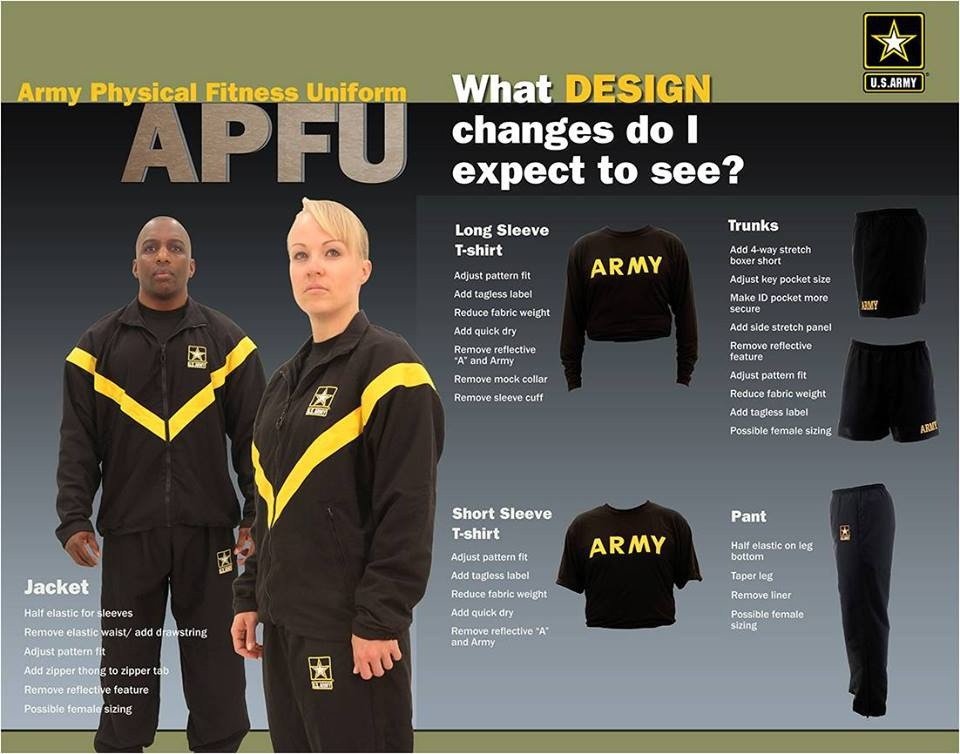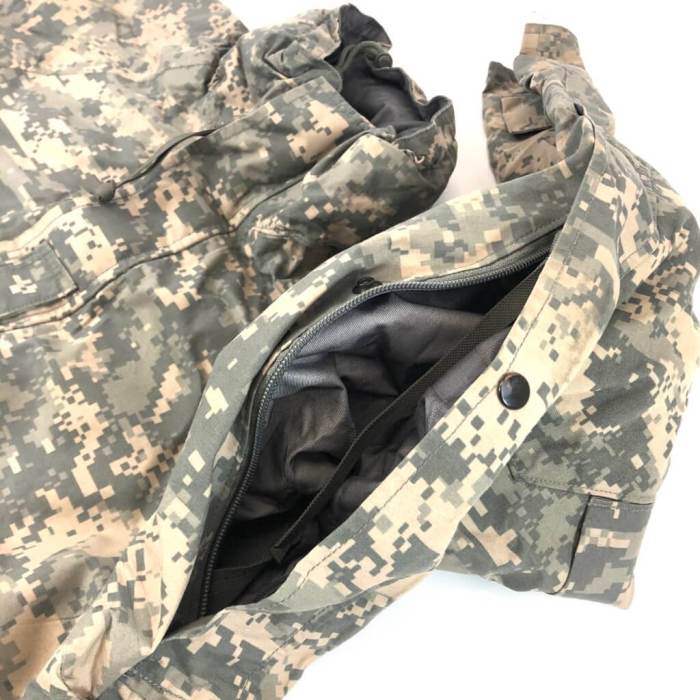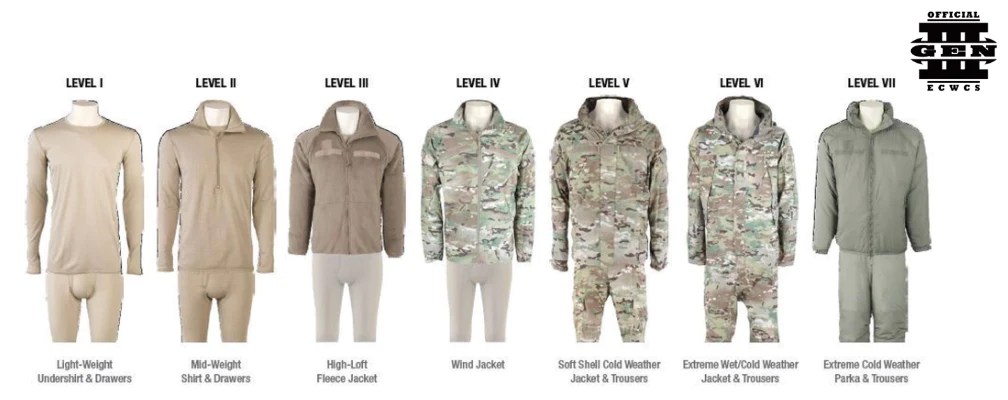With AR 670-1 cold weather gear taking center stage, this exploration delves into the depths of staying protected and warm in even the most frigid conditions. From understanding the regulation’s scope to mastering the best practices for using cold weather gear effectively, this guide equips you with the knowledge to brave the cold with confidence.
Navigating the intricacies of AR 670-1, we’ll uncover the types of cold weather gear covered, delve into the mandatory and optional gear requirements, and explore the performance standards that ensure your gear meets the challenge.
Overview of AR 670-1 Cold Weather Gear
AR 670-1 is a comprehensive regulation that establishes policies and procedures for the procurement, issue, and use of cold weather gear by the U.S. Army. It applies to all Soldiers and Army Civilians who are required to operate in cold weather environments.
The regulation covers a wide range of cold weather gear, including clothing, footwear, headgear, and other accessories. It provides guidance on the selection, fitting, and care of cold weather gear, as well as on the proper use of cold weather gear in different environments.
Types of Cold Weather Gear
AR 670-1 divides cold weather gear into three categories:
- Category I:Essential gear for survival in cold weather environments. This category includes items such as insulated clothing, footwear, and headgear.
- Category II:Non-essential gear that provides additional comfort and protection in cold weather environments. This category includes items such as gloves, scarves, and balaclavas.
- Category III:Specialized gear for use in extreme cold weather environments. This category includes items such as extreme cold weather clothing, sleeping bags, and tents.
Requirements for Cold Weather Gear
Cold weather gear is essential for protecting soldiers in extreme cold environments. AR 670-1 establishes the mandatory and optional cold weather gear required for different climates and conditions.
The performance standards and specifications for cold weather gear are based on the expected environmental conditions and the level of protection required. These standards include factors such as thermal insulation, moisture management, wind resistance, and durability.
The AR 670-1 Cold Weather Gear regulation ensures that soldiers have adequate protection in extreme conditions. However, have you ever wondered what’s behind the moon ? This intriguing question has captivated scientists and enthusiasts alike. While the AR 670-1 Cold Weather Gear is essential for survival in harsh environments, the mysteries of the moon continue to fascinate us.
Mandatory Cold Weather Gear, Ar 670-1 cold weather gear
- Extended Cold Weather Clothing System (ECWCS)
- Cold Weather Sleeping System
- Cold Weather Handwear
- Cold Weather Headgear
- Cold Weather Footwear
Optional Cold Weather Gear
- Extreme Cold Weather Clothing System (ECWCS)
- Chemical Protective Overgarment
- Snowshoes
- Skis
- Ice Axes
Procurement and Distribution of Cold Weather Gear
The procurement and distribution of cold weather gear is a critical aspect of ensuring that personnel are adequately prepared for cold weather operations. The process involves several key steps and responsibilities to ensure timely and effective issuance of the necessary gear.
Procurement
The procurement of cold weather gear is typically handled by the supply chain management division of the relevant organization. They are responsible for determining the requirements, identifying suppliers, negotiating contracts, and placing orders for the necessary items. The procurement process must consider factors such as the number of personnel requiring gear, the specific climate conditions they will be operating in, and the availability of funding.
Distribution
Once the cold weather gear has been procured, it must be distributed to the personnel who require it. This process is typically handled by the logistics or quartermaster units within the organization. They are responsible for receiving the gear from the suppliers, conducting quality checks, and issuing it to the appropriate individuals.
The distribution process should be planned and executed in a timely manner to ensure that personnel have access to the gear they need before cold weather conditions set in.
Care and Maintenance of Cold Weather Gear

Cold weather gear requires proper care and maintenance to ensure its longevity and effectiveness. Neglecting these procedures can compromise the gear’s performance and safety features, putting soldiers at risk in cold environments.
Regular inspections and replacements are crucial for maintaining the integrity of cold weather gear. Inspections should identify any signs of wear, damage, or deterioration that could affect the gear’s ability to protect against cold weather conditions. Replacements should be made promptly to ensure soldiers have access to reliable and functional gear.
Cleaning
Cleaning cold weather gear is essential for removing dirt, debris, and moisture that can accumulate during use. Proper cleaning methods vary depending on the type of gear, but general guidelines include:
- Follow the manufacturer’s instructions for cleaning and care.
- Use mild detergents and avoid harsh chemicals that can damage the gear.
- Rinse thoroughly to remove all traces of detergent.
- Air dry the gear completely before storing it.
Storage
Proper storage of cold weather gear helps prevent damage and extend its lifespan. When not in use, gear should be stored in a cool, dry place away from direct sunlight and moisture. Avoid storing gear in areas where it may be subjected to extreme temperatures or pests.
Repairs
Minor repairs to cold weather gear can be performed by authorized personnel. However, more significant repairs should be referred to qualified repair facilities. Repairs should be made promptly to prevent further damage and ensure the gear remains functional.
Training and Education on Cold Weather Gear

Effective utilization and maintenance of cold weather gear necessitate comprehensive training and education for personnel. This equips them with the knowledge and skills to navigate cold weather conditions safely and effectively.
Educating personnel on the potential risks associated with cold weather exposure is paramount. This includes recognizing the symptoms of hypothermia and frostbite, understanding the importance of layering clothing, and practicing proper hydration and nutrition.
Training Requirements
Training programs should cover the following aspects:
- Identification and proper use of different cold weather gear items
- Techniques for layering clothing effectively
- Recognition and treatment of cold weather injuries
- Cold weather survival strategies
- Maintenance and storage of cold weather gear
Compliance and Enforcement

Adherence to AR 670-1 is paramount to ensure the well-being of Soldiers in cold weather conditions. Non-compliance with the regulation may result in disciplinary action, including but not limited to: counseling, reprimand, or suspension of privileges.
Leaders and supervisors play a crucial role in enforcing AR 670-1. They must ensure that Soldiers are aware of the regulation’s requirements and are provided with the necessary cold weather gear. Leaders must also conduct regular inspections to verify compliance and take appropriate action in cases of non-compliance.
Best Practices for Cold Weather Operations
When operating in cold weather conditions, it is crucial to adhere to best practices to ensure the effectiveness of cold weather gear and prevent cold weather injuries. These practices include proper layering, maintaining hydration, and utilizing insulation and protection measures.
Understanding the principles of cold weather physiology and the effects of extreme cold on the human body is essential for developing effective strategies to stay warm and safe.
Layering
Layering clothing is a fundamental principle of cold weather operations. It involves wearing multiple layers of clothing to trap air and create insulation, providing warmth and protection from the cold. The outermost layer should be waterproof and windproof to prevent moisture and wind penetration.
- Base Layer: This layer should be made of moisture-wicking material to draw sweat away from the skin and keep you dry.
- Mid Layer: This layer provides insulation and warmth. Choose materials like fleece or wool that trap air and retain heat.
- Outer Layer: This layer protects against wind, rain, and snow. It should be waterproof and breathable to allow moisture to escape.
Hydration
Staying hydrated is crucial in cold weather. Dehydration can lead to hypothermia and other cold weather injuries. Drink plenty of fluids, even if you don’t feel thirsty. Avoid caffeine and alcohol, as they can dehydrate you.
Insulation and Protection
Insulation is essential for retaining body heat. Use blankets, sleeping bags, and other insulating materials to stay warm. Cover exposed skin to prevent heat loss. Wear gloves, hats, and scarves to protect your extremities.
Special Considerations: Ar 670-1 Cold Weather Gear

Cold weather gear requirements may vary for specific populations due to their unique operational needs and environments. This section explores special considerations for medical personnel, combat engineers, and aviators.
Medical Personnel
Medical personnel require specialized gear to perform their duties effectively in cold weather conditions. This includes:
- Insulated coveralls with ample pockets for medical supplies
- Mittens that allow for dexterity while handling medical equipment
- Heated blankets and sleeping bags for patient care
Combat Engineers
Combat engineers face challenges in operating heavy machinery and constructing fortifications in extreme cold. Their gear considerations include:
- Heavy-duty insulated gloves and boots for protection against frostbite
- Cold-weather shelters for equipment and personnel
li>Special lubricants for machinery to prevent freezing
Aviators
Aviators require specialized gear to withstand high altitudes and extreme temperatures. This includes:
- Flight suits with built-in insulation and ventilation
- Heated helmets and gloves for exposed areas
- Oxygen masks with anti-fogging features
Challenges and Solutions
Operating in extreme cold weather conditions presents unique challenges. These include:
- Hypothermia and frostbite
- Reduced visibility and communication
- Equipment malfunction due to freezing temperatures
Solutions to these challenges include:
- Proper training and education on cold weather hazards
- Regular inspections and maintenance of cold weather gear
- Use of thermal shelters and heated vehicles
Questions and Answers
What types of cold weather gear are covered by AR 670-1?
AR 670-1 covers a wide range of cold weather gear, including clothing, footwear, headwear, handwear, and other accessories designed to protect personnel from the cold.
What are the performance standards for cold weather gear?
Cold weather gear must meet specific performance standards to ensure it provides adequate protection from the cold. These standards include thermal insulation, moisture management, and durability.
Who is responsible for issuing and fitting cold weather gear?
The unit commander is responsible for ensuring that personnel are issued and fitted with the appropriate cold weather gear.
What are the consequences of non-compliance with AR 670-1?
Non-compliance with AR 670-1 can result in disciplinary action, including counseling, reprimands, or even suspension from duty.